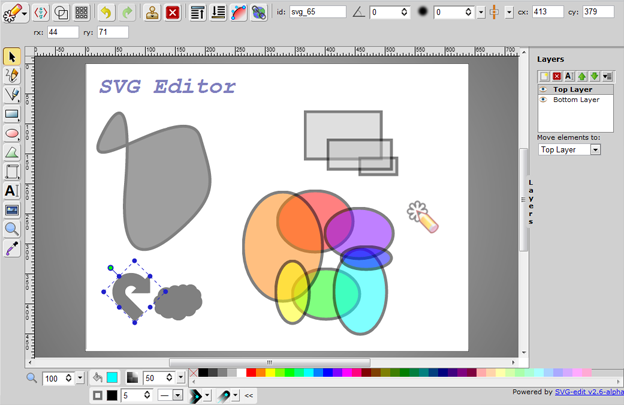

This is an open-source program that is a true “go-to” tool for those who are looking for an excellent vector animation tool. Some of them are high CPU load on your device, and some formats can only be imported after installing add-ons for this program according to Tanya, co-founder of Nimble Made and an experienced designer. However, the program has a couple of disadvantages. Inkscape was originally designed for Linux, but then it was ported to Windows, so some users complain about the suboptimal use of system resources.

Inkscape supports plugins written in Ruby, Perl, and Python. The program contains a function of transformation of a raster image into a vector one. This vector graphics application includes many tools for drawing shapes, is able to process the picture in layers, and apply actions to selected objects. When drawing images from scratch, the pixel method is most often used, geometric editors are used in the advertising industry and web design. The most “powerful” raster editors (for example, Photoshop or Vectornator) can work with some vector algorithms. In the first case, image processing is carried out by editing each pixel (point), in the second – by changing the formulas of geometric shapes.Įach type has its own advantages. All such applications can be divided into two types: raster and vector. With their help, you can perform many different actions: from simple drawing on the computer to professional photo processing. Programs for working with images are very popular among graphics designers. Applications for Raster and Vector Graphics: Differences Some of them are free online services or are available for free download and installation on computers and mobile devices. In this article, we will take a look at 5 open-source applications for working with vector graphics.


 0 kommentar(er)
0 kommentar(er)
